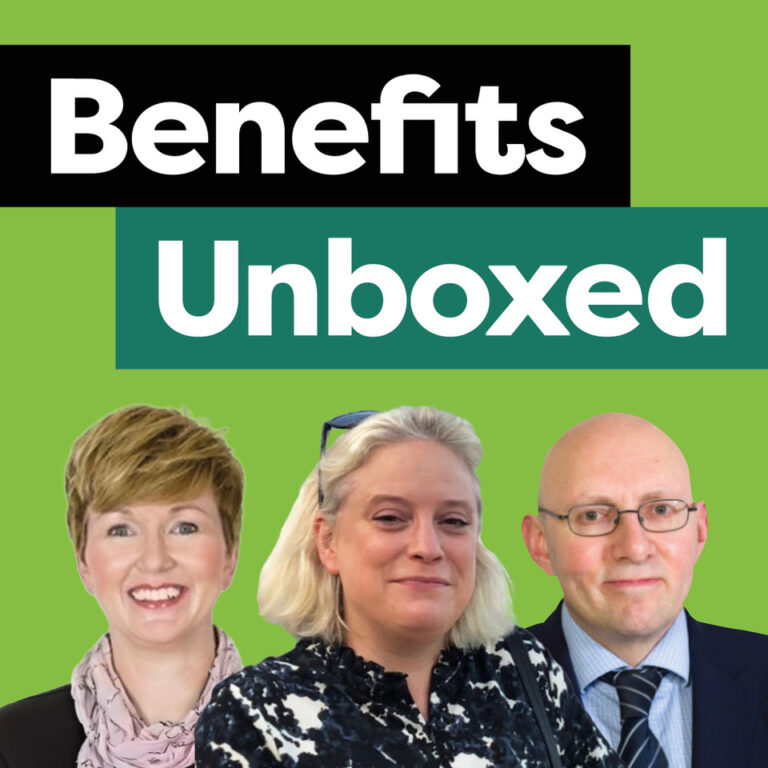In the past, a simple reward package might have sufficed, but these days most organisations understand that their benefits could make all the difference in a fraught employment market.
The benefits market has grown exponentially alongside rising demand, and while variety can only mean good things when it comes to shaping a unique benefits package, employers could be forgiven for being paralysed by choice.
Choosing a provider means not only considering the different packages on offer, a wide choice of user interfaces, and cost implications, but also, increasingly, aligning all of this with the business’ deeper goals and values.
Strategic goals
According to Andreas Hunter, employee benefits consultant lead at Buck, choosing a provider should, perhaps counterintuitively, be the final step when shaping a reward package.
“When we’re working with clients who we consider to be best practice, who are trying to be employers of choice, the actual provider that they use to fulfil the function is one of the last things that they choose,” he explains.
“They’re focusing on what the problem is that we are trying to solve, and what are the objectives that we’re trying to meet now. They can be corporate objectives or employees’ objectives, but it’s objective-centric.”
These objectives might come under the usual pillars of attraction, retention or motivation, but firms should also go deeper, and consider who they are trying to affect.
Gautam Sahgal, CEO of Perkbox, agrees: “Businesses must assess what challenges they are trying to solve. For example, are you looking to increase employee engagement, retain employees, create a stronger company culture, or enhance employee brand to attract potential talent? It is critical to understand this before jumping to the solution.”
This also goes for trends outside of the workforce. One which has come to the fore recently, for example, is a focus on sustainability. Employers might want to consider whether their pension provider has an investment strategy that affects CO2 levels, or if a company car scheme provides electric vehicles.
Speaking with staff
Using surveys or anecdotal research, employers should get a picture of their employees’ goals or problems, and use that to find a relevant provider that can help address them.
Other sources of data, such as the Financial Conduct Authority’s Financial Lives Survey, can be helpful in gaining a picture of issues such as savings and housing trends.
“It’s understanding what they, as people, are trying to achieve,” Hunter says. “The benefits are the tools to achieve that. It’s the last piece of the puzzle. Don’t ask them what benefits they want in place, ask what goals they have.”
It is also important to remember that these goals and needs will shift and change. For example, law firm HF had planned to implement a new benefits package, but was interrupted when Covid-19 hit the UK. The firm made the decision to delay in order to understand the new priorities and objectives this created.
Oliver Bate, people director at HF, says: “What I wanted to do was to ensure that we weren’t just pulling together a load of different things and throwing them out to employees. It was important that we talk to our teams to understand what was important to them. The fundamental core was running focus groups and having conversations with people.”
As a result, HF was able to focus on finding providers that helped with ethical saving vehicles, technology vouchers for younger staff, and healthcare cash plans, among others. As time has gone on, further feedback has led the firm to look for providers that are open to extending benefits to partners and dependants.
Picking the right provider
Once the work has been done to establish a set of core goals or values, this still leaves the daunting task of picking from a vast array of providers in an ever-changing landscape. This is, Bates explains, where using a consultant or broker can come in, helping to narrow down the relevant options.
Hunter agrees: “These are organisations whose job it is to know the market. If you work as an HR director, benefits are only a part of your job – it’s all of our job. So, we know when a provider has shifted their proposition, or when a new provider has come into the marketplace.”
Bates also points out that, while cost is a consideration, it should not be the primary deciding factor.
“Getting the most cost-effective provider doesn’t mean just going for the cheapest one,” he explains. “When we brokered our private medical insurance [PMI], for example, we specifically looked at the mental health provision. Some providers will offer five counselling sessions, others will provide 10.
“It’s about looking at the quality and breadth of the service, and the value. Of course, cost has to come into it, but it’s not the only factor.”
Bates mentions that cost is becoming more of a consideration as inflationary pressures mount, but that rather than swapping to a cheaper provider, this means focusing more on the negotiations, and ensuring HF is getting the most from each package.
For those who might not be using a consultant or broker, there are some practical tips for narrowing down the choice. First of all, employers should take a look at what they already have in place, and discover what more their providers might be able to offer.
When choosing a new business to work with, Matt Russell, CEO of Zest, says: “I would always say reference heavily, so you get a feeling as to whether the customers of that organisation are happy and satisfied. That’s really critical.”
Sahgal adds: “A key element of choosing the right platform provider is experiencing it through a demo. Here you can ask questions and seek case study examples of successful implementations. You will also be able to assess if the features meet your needs, whether customer service and support is up to scratch, if the areas of employee experience the provider has focused on meet your company goals.
“Finally, you can assess whether the insights and reporting tools gather the information required to feed back to the wider company.”
Cutting edge
Today, choosing a benefits provider often goes hand in hand with picking out a new piece of technology to introduce to a business.
Sahgal says: “Once the challenge is defined, businesses should check the solution has a user-friendly interface, is customisable to align with company values and can be adapted to the particular working environment of your business.”
Meanwhile, Russell asks: “Is it simple and easy to implement, in a way that enables you to customise the platform, so that you’re not still going to be implementing it nine months later? Also, what the kind of tech does your organisation use already, and how does the product align with it?”
Hunter warns against simply adopting new tech because of its novelty. There are constant innovations in the benefits world, and while this provides exciting opportunities, employers should not be lured in by something new unless they have done the work to understand how it fits within their proposition.
Indeed, going for something new means experimenting outside of what is tried and tested for the business. This is not necessarily a negative, but must be entered into with open eyes.
“I often hear ‘we’d like to do something new, something innovative, cutting edge, but it must absolutely work’, and that can be difficult,” says Hunter. “It’s not to say you can’t innovate; we do see the best companies are doing that, but it’s not box-ticking, and they’re prepared to take the time to understand the market.”
Whether adopting the latest innovation to spark the imaginations of employees, or making sure the fundamental elements of reward are doing the work, employers must take the time to ensure their choice of providers is clear, well thought out, and aligned with their core values.













